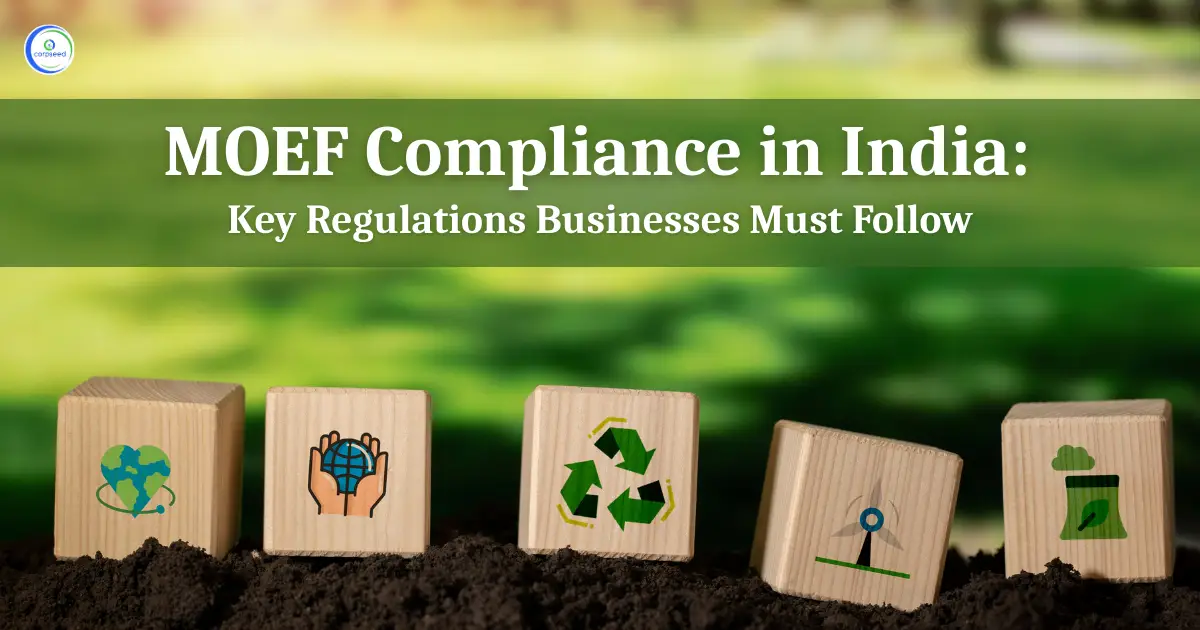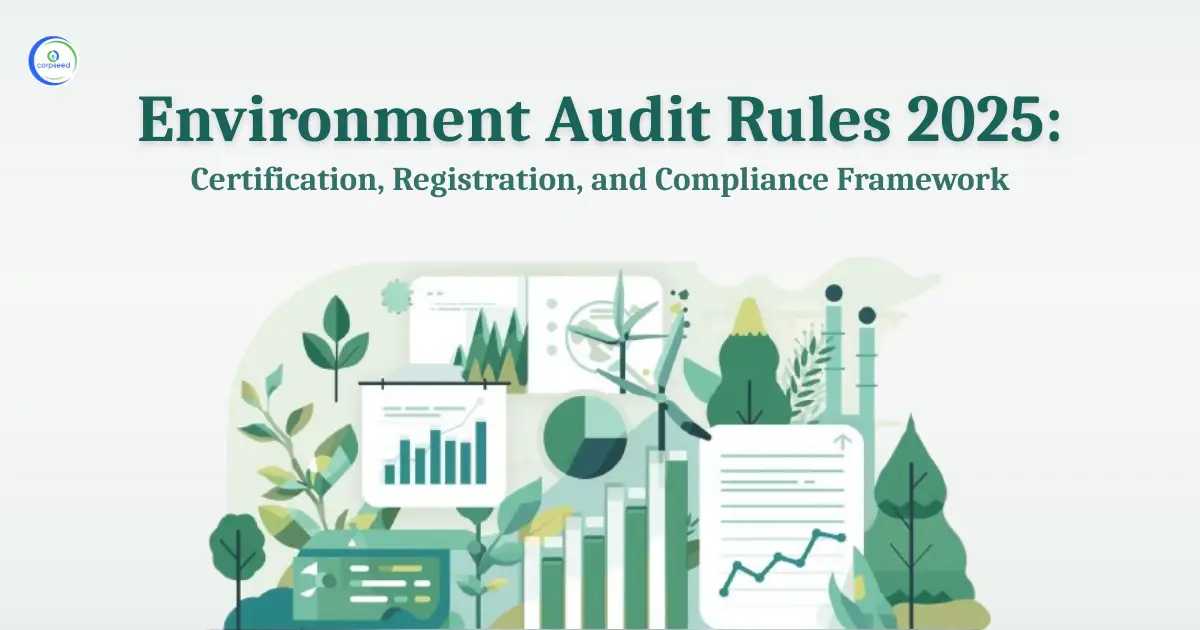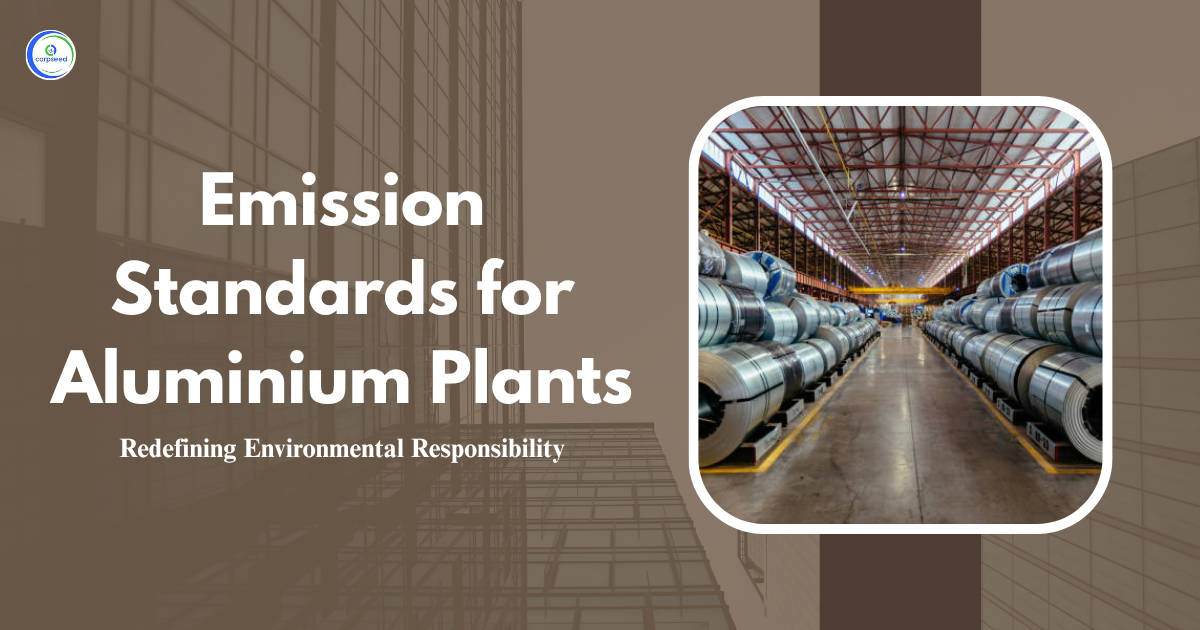Introduction: Environmental Impact Assessment
The process involved in the Environmental Impact Assessment is the assessment of the development decisions mandating the project considerations and alternatives to Mitigate, prevent and control the potential negative Environmental social impact. Generally, the process involves several steps such as Screening of the Project, Scope of the Project, Assessment of the same, Impact management of the Effluent, Impact Assessment Report, Public Participation and Hearing, Review of the Assessment, Decision making, and Time to time monitoring.
Table of Contents
--------------Blog Contact Form-------------
The essential aspect of conducting an EIA is to find out the Impact of the project and the Initiate e that is being proposed. Throughout the development of the proposed project, there are a lot of natural resources such as hydroelectric dams, Mining, tourism, and Oil Extraction. The need is to look overall impact on the environment as the Development of other things such as Flora and Fauna in the surrounding environment of the project is very necessary and the Impact should not affect an adverse impact on the Drinking water through the sewage.
Screening
The first stage in the assessment process is screening, wherein the ways to conduct proper screening is found out, and the decision is made on whether to conduct the assessment or not, the level of impact of the project, and the impact of the same on the Environmental wellbeing is found out through a full Environmental Impact Assessment process. During the screening process, the entire EIA impact is taken into consideration throughout the Project's lifetime. The Screening process depends on the type of the Project, which are essential of three types, these are:
High Environment Impacting Project:
Projects which have severe adverse impacts on the environment require well rounded Environmental Impact assessment of the project. A few of the projects which require well-rounded assessment are:
- The development of Hydroelectric and thermal Projects and projects such as Manufacturing, and transportation of hazardous chemicals, pesticides, and toxic materials;
- The Development of projects which have a direct impact on the habitat such as Forestry and material Production, Reservoirs and Dams, etc.
- Mineral extraction and Mining Projects
- Oil and gas refinery;
- New land development and Resettlement;
- Development of big Industrial plants, etc
The Moderate Environmental Impact Projects:
These are the projects which have a moderate level of impact on the environment than those which are mentioned above and don't require mitigation measures for these projects, such as:
- The development of the Sanitation and rural water supply;
- Development of Renewable energy projects;
- Tourism developments;
- Projects for the electrification of society;
- Industries focused on the development of Agriculture and Farming;
- Projects development such as Irrigation, and drainage systems;
The Third Category Projects Are The Projects Which Have No Adverse Impact Or Minimal Impact On The Environment, And No Assessment Is Required.
The Screening procedure includes finding out the criteria used in the development of the project and determining the follow-up of the responsibilities in the development of the project. The Screening process is based on the categories which are:
- The Location, Scale of the project, Potential impact of the project, and sensitivity concerning the Environment
- The category of the sectors and activities to be performed by the project.
Scoping
The scoping process is one of the most important preparations for the Environmental Impact assessment of the project, through the scoping process the focus is given to the important issues relating to the environment against the project. It analyses the conduct made at each stage of the Impact assessment. The scoping process analyses the following:
- The measure to be taken so that the risk which includes inappropriate components must be avoided and the essential steps must be addressed perfectly.
- Finds out the issues and elements that are relevant to have incremental environmental impact, social and health impact;
- Providing notices for the Public notices and ensuring their engagement by looking at the adverse impact of the project and presentation of the initial finding of the impacts of the project on the Environment and Living habitat nearby through a layman summary procedure.
- For the general determination of the project, an outline of the project is made and the time to give is predicted.
- Through the process, important issues such as setting up the baseline impact are also determined.
The scoping determines the information relating to the Surrounding environment to the project, and all other assessment is done which determines the decision to be taken for the project the details include:
- The determination of key Biological, Sociological, Economic resources and Environmental impact of the project.
- The determination of the use of groundwater, soil, and land and the impact, development of energy and food (direct or indirect), and employees' access, that might occur through the project.
- The determination of waste generation and management, loss to natural resources and land, and the set up of the criteria for the mitigation of the same.
Public Consultation
One of the important phases of the Environmental Impact Assessment is Public consultation. The legislature and judicial bodies also give importance to public consultation, and it gives a great impact on whether licensing should be provided or not. Through public consultation, several NGOs also participate to ensure the greenery and impose restrictive suggestions if errors are found. The services are determined from the stage of planning, Implementation to the end of the project result monitoring.
The Baseline Measures
Through the baseline survey, the investigation is made for the issues relating to the Environmental to provide data on the condition of the Project on the base year, and suggestion is made as to what changes are required to be implemented and the estimated year of the project operation. The determination of the ways to mitigate the adverse environmental effects and ways to enhance the positive impact of the project.
The Alternative Measure That Needs To Be Taken
The alternative measures for the processing of the project that needs to be implemented are defined and the other alternative requirements are identified so that they could have a lesser environmental impact. This would help in determining the method and objective which are less harmful and more environmentally friendly.
The end of the Scoping process happens with the terms of reference (TOR) which is very important, it includes the activities and planned activities, the budget of the project, job descriptions in the project, the work schedule, etc.
Impact Mitigation and Measures
Impact Mitigation is an important part of the assessment, the process includes the process of description that might be High, medium, or low depending on the type of the project. The focus is made on providing measures in the designing of the project and guidance for the monitoring of the duration of the project. The Environmental Impact has a lifetime impact on the project as it may range to the closing of the project.
The impact is analyzed based on the following criteria such as:
- Frequency and Magnitude of the project and its effluent.
- The time required to cure the impact differs from project to project.
- Distribution of the impact of the project.
- Characterization of the permanent Environmental impact of the project
- Direct and indirect loss to the soil, road, habitat fragmentation, and land;
- The total impact such as social, cultural and economic, environmental impact, even the impact which might occur in the future.
Impact Analysis and Management
The Impact analysis and management is a planned and detailed series of protocols followed during the EIA process which goes long even after the granting license to the Project. The sole purpose of analysis and management is to monitor the mitigation measures and risks (such as Natural disasters, Tech failures, etc) which might come in the future and how to deal with them, additionally, it identifies the changes in the operation and design that needs to bring in the project and implementation of the same. It needs proper planning and monitoring which depends on the type of project and plans such as the Compulsory Environmental Management Plan (EMP). The Environmental Management Plan is followed through the following procedure such as:
- Mitigation measures: The planning describes the details about the measures how the mitigation can be followed and finding out the impact analyses.
- Capacity building: Capacity building involves the measures that should be followed to minimize the social, environmental, and other measures to minimize the same.
- Monitoring of the Environmental impact after the addressing of the mitigation measures.
- Cost of the Implementation and Schedule of the effectiveness
The mitigation measures of the adverse effect and building capacity will impact the cost, which must be defined.
- The Plan must be to minimize the loss and other activities which are connected to the project.
Ways To Conduct Management Plan
The development of the environmental management plan and other mitigation measures are essential steps in the EIA, the ways to conduct measures are:
- Auditing the potential impact of the project
- The implementation of the legislation and governmental commitments for the acceptance of the impact and frame of the measures of the same.
- Details of the mitigation measures;
- Compliance statement and Standards followed for the same;
- Resource allocation and Implementation of the responsibilities
- description of the actions that need to be taken
- Auditing and monitoring of the programs
- Additional risk and emergency measures and risk mitigation plans
- Actions that need to be taken during emergencies
- Measures to prevent loss of life and environment
- Arrangement of the provisions for the equipment for the emergency
Environmental Impact Assessment Report
The report is prepared after the completion of the assessment and measuring Mitigation and management plans, the report should be concise and in layman's language which could help in the decision-making process of the executive describing the future satisfactory prediction of the adverse impact of the project and other techniques for the same.
Read Our Blog: Importance of Environmental Impact Assessment in India
The report is prepared by the project team involved in the methodology and investigation process, wherein the analyses, data collection, and development plan are documented in a structured manner, which includes the following;
- Index of the analyses
- The project proponent details
- The description of the project and the alternate measures
- Norms guaranteed by the Centre and State and followed by the proponent or not;
- Details of the Surrounding Environment
- Details of the Biological environment;
- Details of the Sociological environment;
- description of the environmental impacts
- And Environmental analyses and management plans
- Details of the Contingency plans and Risk analysis
- Details of the Cost of the Project and
- Environmental Benefits of the project
- Details of the Monitoring and future assessment plan
Review
Through the review process, the final check is done on the project and the quality report of the impact and stages under which the project categorizes, the additional information such as the potential impact of the project and the mitigation measures of the same.
The review of the Environmental impact assessment provides the Critical decision and inputs of the development plan. The confirmation of the quality of the information and appropriate measures during the assessment process, additionally cross-check of the future critical issues that might arise from the project and how the procedure for mitigation could be conducted.
The assessment is submitted to the designated authority after thoroughly measuring the data, and impact measures and concludes the assessment of the impact of the project. The conclusion is given based on the data on whether the project proponent is addressing adequately the major environmental, social, and other risks of the project. And suggesting is made whether the license should be granted or not. There are given guidelines for the review of the project, which draw the assessment principles, objectives, and recommendations.
The EIA is divided into two categories:
- Internal Review: The internal review is governed by the government agency, having a procedural guideline, which is less transparent.
- External Review: The External review is performed through a separate body that might not necessarily be a government agency, with a transparent process, and helps in ensuring the efficient outcome of the same. The environmental issues and aspects determine the level of expertise for the review of the same.
Decision Making
The decision-making process involves three alternatives that are Approval of the Project, Rejection of the Project, or Review of the Project which is addressed to the Environmental impact assessment team, where the decision-making factor are checked and if the project is following the same the approval process is completed and the license is provided by the regulatory body to the project proponent.
However, the monitoring of the project is conducted when the project becomes operational from time to time. So that the legal standard is ensured that the project is followed and the mitigation measures as well. The Environmental management plan guides the development of external measures from time to time such as the development of the environment surrounding the project and direct monitoring of the same.
This portion of the site is for informational purposes only. The content is not legal advice. The statements and opinions are the expression of author, not corpseed, and have not been evaluated by corpseed for accuracy, completeness, or changes in the law.
BOOK A FREE CONSULTATION
Get help from an experienced legal adviser. Schedule your consultation at a time that works for you and it's absolutely FREE.







_Corpseed.webp)
.webp)
